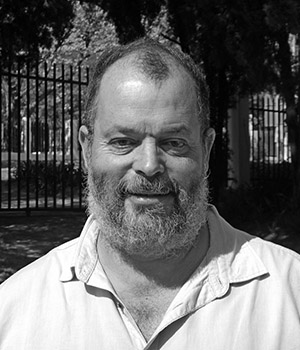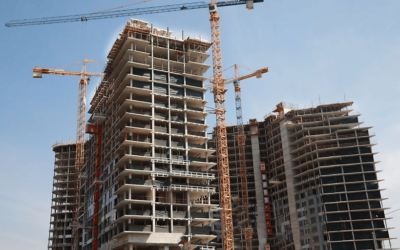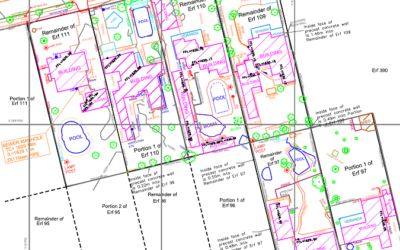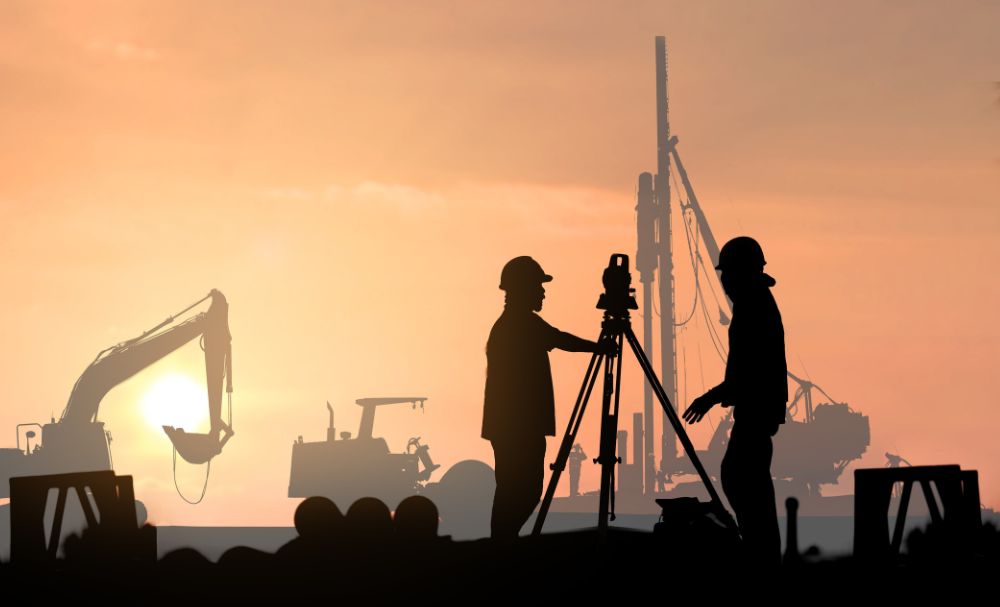Today, we’re turning our spotlight on a remarkable innovation that’s transforming the way we understand and interact with the world around us: 3D point clouds, generated by something called terrestrial laser scanning. It may sound like something out of a science fiction novel, but it’s very real and it’s happening now. This exciting new tool is enhancing our grasp of our built environment and the landscapes we inhabit. Stay with me as we delve into this groundbreaking technology and discover how it’s reshaping our geospatial reality.
The advancing frontiers of geospatial technology have recently been enriched by the introduction of a paradigm-shifting tool: 3D point clouds generated by terrestrial laser scanning. This technology is forging an innovative pathway towards an enhanced understanding, mapping, and interaction with our geospatial reality, altering our comprehension of the built environment and topography.
What is a point cloud ?
A point cloud, at its core, represents a data set in a three-dimensional coordinate system. These data points are usually generated by 3D scanning technologies or laser scanning devices, which capture the external surfaces of physical objects or environments. Each point within the cloud symbolizes a tangible point in the physical space, carrying essential information, such as coordinates and color attributes of that point.
The Mechanics of Terrestrial Laser Scanning
Terrestrial laser scanning, synonymous with Lidar (Light Detection and Ranging), relies on the principle of emitting rapid pulses of laser light to scan an environment. The return pattern of these pulses to the scanner forms the basis for generating the point cloud. The outcome is an exceptionally high-resolution and accurate three-dimensional depiction of the scanned area. The generated dense datasets enable an unprecedented level of detail in geospatial data analysis and application.
Implications of Point Cloud Utilisation
Point clouds essentially function as digital mirrors of our geospatial reality, supplying the rudimentary elements for constructing accurate, detail-oriented 3D models. These models allow built environment professionals to examine structures, landscapes, and urban areas from various perspectives, facilitating the transition of real-world environments into manipulable digital models.
This methodology contrasts starkly with traditional 2D surveying techniques, as 3D laser scanning captures an enormous volume of data within a comparatively brief time period, thereby minimizing the time and resources required for comprehensive field surveys. Additionally, it provides an elevated level of accuracy, capturing complex geometrical structures and intricate details that are often hard to capture using the traditional approach to site mapping.
The Role of Point Clouds in Shaping the Built Environment
For professionals in the built environment, the data procured from point clouds offers unparalleled insights. Architects can use this data to design with precision around existing structures, while engineers can evaluate the structural integrity of buildings. Moreover, urban planners can use the data to optimize the use of land and resources. Geologists and environmental scientists can utilize it for monitoring changes in topography.
In all cases the uses of 3d Revit models generated from point clouds allows for considerable risk mitigation and enables more effective decision-making processes.
Moreover, the 3D models derived from point clouds enable an immersive visualization of spaces, which proves highly beneficial for sectors such as real estate and facilities management. Users of the 3d model and or point cloud can can virtually explore properties or attractions, thereby aiding their decision-making process.
This technology also plays a crucial role in brownfields refurbishment developments and heritage preservation, serving as a key tool for documenting and digitally preserving historical structures.
In a world where data is king, 3D point clouds generated by terrestrial laser scanning offer a realm of geospatial data that was unthinkable a few years ago. By turning our complex physical world into comprehensive, navigable, and interactive digital models, this technology transforms our understanding and interaction with the built environment. It fosters informed decision-making,decreases risk, optimizes resource utilization, and ultimately paves the way for a future where the digital and physical world seamlessly intertwine.
As we navigate our rapidly digitizing era, the technology of 3D point clouds and terrestrial laser scanning presents a compelling opportunity to bring our understanding of the world around us into sharp, three-dimensional focus. It empowers us with an intricate, digital representation of our geospatial reality that was once unimaginable. – So, why not step into the future of geospatial 3D point cloud mapping? The opportunity to reshape our understanding and interaction with the built environment is here.






0 Comments